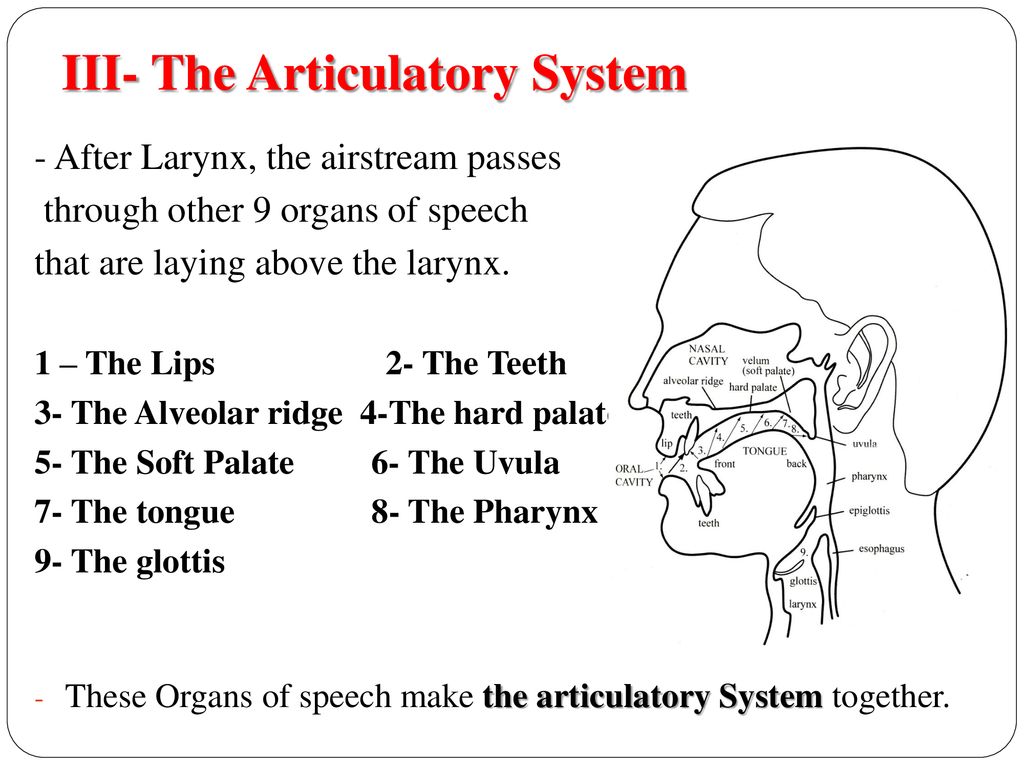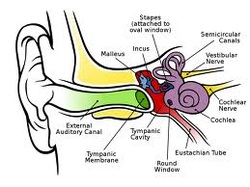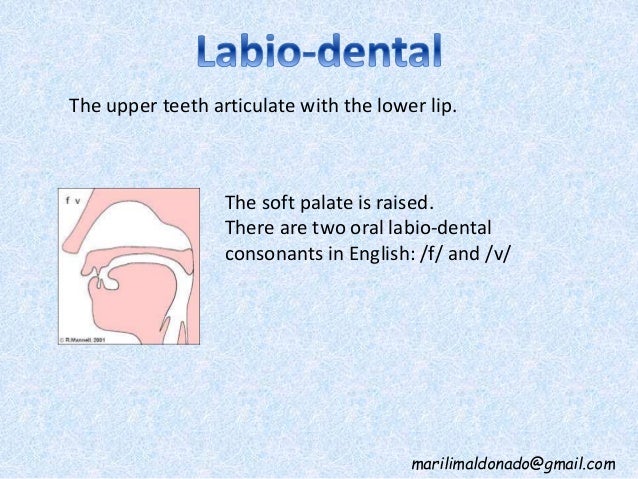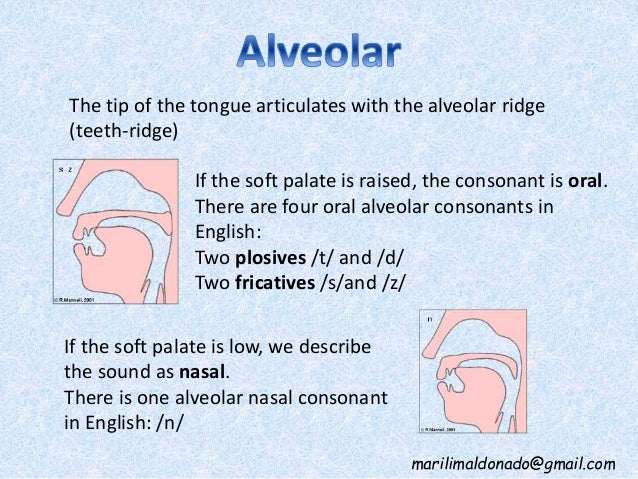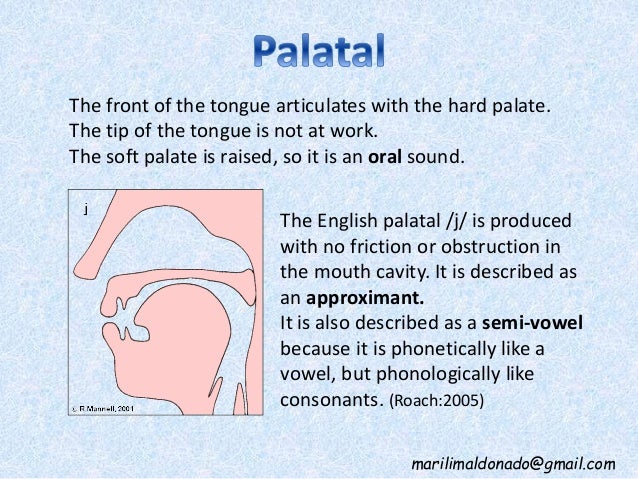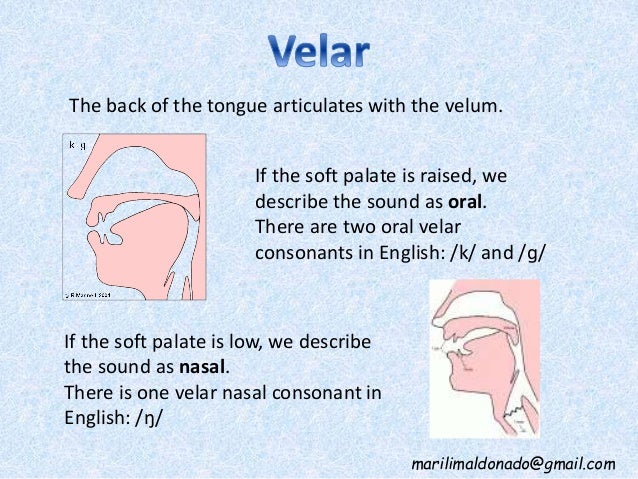His words
diphthong comes from the Latin diphthongs, a word that at the same time has its
origin in a word derived from Greek language. The term refers to the union or
the combination of a pair of adjacent vowels that are expressed in the same
syllable. It is a vowel that has two different targets (Briceño,
2017).
are those
sounds which combine two vowel sounds and which blend them into one within a
syllable , a type of sound chain that
is formed by the articulation of two adjacent vowels followed by each other
without any interruption, generating a smooth transition that characterizes the
timbres of each vowel. (Estrella, 2020)
The diphthong
is the union that occurs between two different vowels that are placed
continuously within the same syllable and may be formed by an open vowel such
as e, e, o, and a closed vowel such as i and u. The process by which one vowel
sound moved to another is known as gliding, this is the reason why a diphthong
is also called “gliding vowel”. Another types of names to refer to this type of
sound are compound vowels, complex or moving vowels. It is important to mention
that the sound change that converts a single vowel into a diphthong is known as
diphthongization.
For example:
The sound /ei/
in play has two vowel sounds, /e/ and /i/.
Maybe the most important
is that they are not formed by two simple vowels together, but one long
vowel where the pronunciation changes since the beginning to the end, in other
words, the pronunciation changes completely at the end of the word. The most
common diphthongs are said to be /ow/, /ou/, /oy/ and /oi/ as in bow, ground,
toy and coin
2.2.
CHARACTERISTICS OF ENGLISH DIPHTHONGS
Their main characteristics
are the following:
✔
Both vowels have to be lax.
✔
The first one is the most important in terms of
stress. This means that, for example, in diphthong [aɪ], sound [a] is much
longer and stronger than sound [ɪ].
✔
Vowels pronunciation take place through a glide,
that is, through a continuous and very smooth movement from the first vowel to
the second, in other words, they are not articulated distinctly
✔
the diphthongs must be envisaged as resulting
from the tongue and lip movement from an initial position to a position
approaching the position of the second sound element.
We have two different types of diphthong, and these can be:
ü Closing: this type of
diphthong is the one in which the last vowel is near-high. As the two vowels
need to be lax, there are only two different possibilities [ɪ] and [ʊ].
ü Centering: these ones
ends in a vowel [ə] (schwa).
It is important to mention
that diphthongs [aɪ], [eɪ], [ɔɪ], and [aʊ] can be found in British and American
English, and [əʊ] only in British.
Most common diphthongs
found in American English (Briceño, 2017)
/eɪ/: It has a Long A sound
This type of
diphthong is very similar to the long A sound. The correct way to pronounce it
is as a long A sound sliding into a long E sound. It is important to understand
that some dialects pronounce the long A sound as one single sound. There is
also the case where is pronounced as two vowel sounds. Some people who has a
southern accent, mainly from the south part of the United States will stretch
out the diphthong more. Some examples are:
Day, may,
clay, away, lay, play, eight
/aɪ/: This type of diphthong is pronounced as a long
I sound sliding into a long E sound.
The sound of
this diphthong can vary from one dialect to another one. In some places the
long I sound is pronounced in the words as one single sound. Some dialects
pronounce the vowel sound more like the “AH” sound you would here in “ball”. Or
it can also be pronounced as two vowel sounds. Some examples of words with this
type of diphthong are:
Sky, try, fry,
pie, cry, tie, why, eye
/ɔɪ/: This one is
pronounced as a long O sound, in this case, the sound quickly slides into a
long E sound. Some examples of this type of diphthong are:
Joy, annoy, enjoy, ploy,
soil, boil
/ɪə/: It is pronounced
as a long E sound sliding into an Ur sound. The examples are:
Pier, hear, steer, clear, fear
/eə/: This
diphthong is pronounced as a long A sound sliding into a U sound. Examples:
Beard, hair, fair,
stairs, pair, wear, where
/aʊ/: Is pronounced as a short A sound sliding into
an “oo” sound. Some examples of this type of diphthong are the following:
Brown, cow, how, frown,
now, wow
/əʊ/: This diphthong is frequently used and only
pronounced as a single long O sound. It is important to remember that this type
has a long O sound sliding into an “oo” sound. Some examples are:
Yellow,
coat, float, though, toe, no, low, although.
/ʊə/: This diphthong is pronounced as a log O sound
sliding into a U sound. For example:
tourist, poor, moor.
Examples of Diphthongs:
ü /eɪ/ as in
day, pay, say, lay
ü /aɪ/ as in
sky, buy, cry, tie
ü /ɔɪ/ as in
boy, toy, coy or the first syllable of soya
ü /ɪə/ as in
beer, pier, hear
ü /eə/ as in
bear, pair, and hair
ü /ʊə/ as in
tour, poor or the first syllable of tourist
ü /əʊ/ as in oh,
no, so, or phone
ü /aʊ/ as in all
the words of “How now brown cow”
Transcription of Diphthongs
Diphthong Word
Phonetic Transcription
ü /eɪ/ day /deɪ/
ü /aɪ/ tie /taɪ/
ü /ɔɪ/ toy /tɔɪ/
ü /ɪə/ hear /hɪə/
ü /eə/ hair /heə/
ü /ʊə/ poor /pʊə/
Is the union
of three vowels (letters or sounds) pronounced in one syllable (as in fire),
More example sentences, 'Diphthongs and Triphthongs do not come into the
picture at all, ''Words such as course and force are sometimes realized with a
triphthong /, especially among older speakers. (wikipedia, 2020)
A Triphthongs is a glide from one vowel to
another and the to a third, all produced rapidly and without interruption. For
example, a careful pronunciation of the word ‘hour’ begins with a vowel quality
similar to ‘ɑ:’, goes on to ‘ʊ’ then ends in ‘ə’.
It says /aʊə/
2.1.
Triphthong Word Phonetic
Transcription
A combination of three vowel sounds in a single syllable forming a simple
or compound sound: also, a union of three vowel characters representing
together a single sound: a trigragh: as eye. Ieu in adieu. Eau in beau, are
examples of Triphthongs.
5 closing diphthongs with ‘ə’ added on the end.
●
eɪ + ə = eɪə. as in layer, player
●
aɪ + ə = aɪə. as in lire, fire
●
ɔɪ + ə = ɔɪə, as in loyal, royal
●
əʊ + ə = əuə, as in lower, mower
●
aʊ + ə = auə, as in power, hour.
Ø /eɪə/ player /peɪə/
Ø /aɪə/ fire /faɪə/
Ø /ɔɪə/ royal /rɔɪəl/
Ø /əuə/ mower /məuə/
Ø /auə/ hour /hauə/
the pronunciation of English triphthongs.
Being aware of it will help you not only to sound more natural and fluent but
also to understand what native speakers say better.
